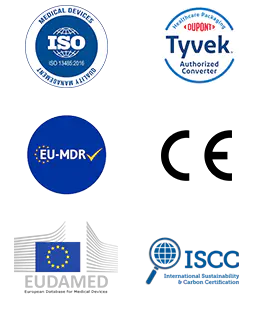The medical sterilization packaging industry continues to evolve as advanced protection solutions transform healthcare safety standards across global markets. These developments are revolutionizing practices throughout hospitals, clinics, and medical device manufacturing facilities.
Recent technological innovations have introduced enhanced barrier properties that provide protection while maintaining sterilization efficacy. These improvements particularly benefit facilities handling sensitive medical instruments that require precise sterilization control.
Engineering advancements have resulted in improved seal integrity designs that optimize protection while ensuring easy access when needed. These developments have proven especially valuable in applications where maintaining sterility is crucial.
Industry professionals note that recent material improvements have focused on durability enhancement, allowing better protection during transportation and storage. This enhanced reliability has become increasingly important in facilities striving to achieve infection control standards.
Healthcare facilities worldwide are embracing new-generation sterilization packaging that demonstrates improved stability and operational reliability. These materials feature advanced properties that extend shelf life while maintaining consistent performance under various conditions.
Environmental considerations have influenced recent innovations, with designs focusing on sustainable materials and reduced waste. This eco-conscious approach aligns with global healthcare trends toward environmentally responsible medical practices.
The integration of advanced indicators enables healthcare professionals to verify sterilization status easily, ensuring safety and preventing potential issues. This verification capability has revolutionized inventory management and reduced processing errors.
Quality control features have evolved to include improved barrier properties and advanced material combinations, enhancing product protection and user confidence. These advances have made sterilization processes more reliable and secure.
Research continues in the development of innovative material configurations that could further improve performance and versatility. These ongoing efforts suggest promising developments in medical packaging technology for future healthcare applications.
The technology's adoption in emerging markets has grown significantly, driven by increasing demand for reliable sterilization solutions. This global expansion has contributed to continuous refinement in design and functionality, benefiting healthcare providers worldwide.
Processing procedures have been simplified through improved designs and user-friendly features. This evolution in usability has reduced preparation time and extended product effectiveness.
Looking ahead, industry experts anticipate continued innovation focusing on enhanced traceability and improved integration with hospital management systems. These developments are expected to further optimize sterilization processes and improve efficiency.
The versatility of modern packaging systems has expanded their application across different medical specialties, from surgical instruments to diagnostic equipment. This adaptability has made the technology essential in various healthcare processes requiring sterile conditions.
Material science has seen significant advancement, with new technologies enabling better microbial barriers. These improvements have contributed to increased reliability and reduced contamination risks.
The integration of advanced manufacturing processes has enabled more consistent quality while maintaining essential characteristics. This enhanced production approach has become crucial in maintaining sterility across various applications.
The impact of these technological advances extends beyond immediate operational benefits, contributing to overall healthcare safety and infection prevention. As the industry continues to evolve, these innovations remain crucial in modern medical practices.

 English
English Français
Français Deutsch
Deutsch Nederlands
Nederlands


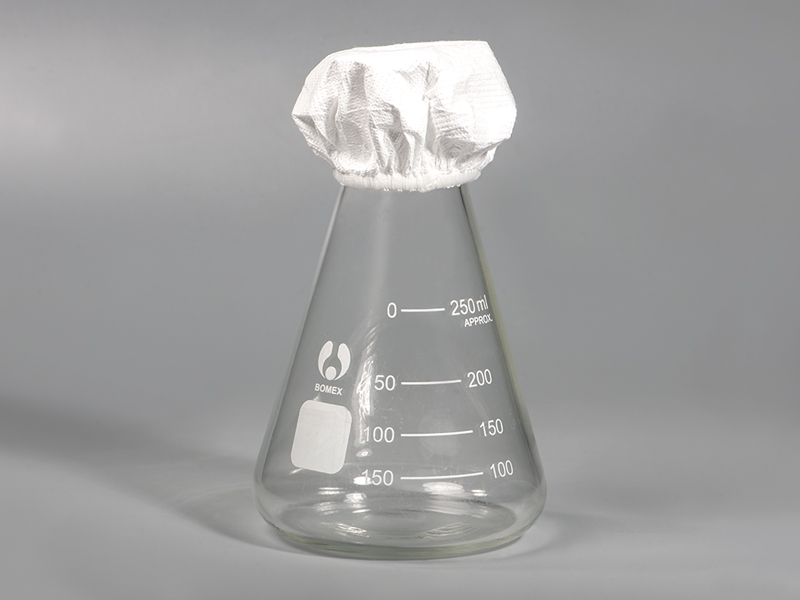
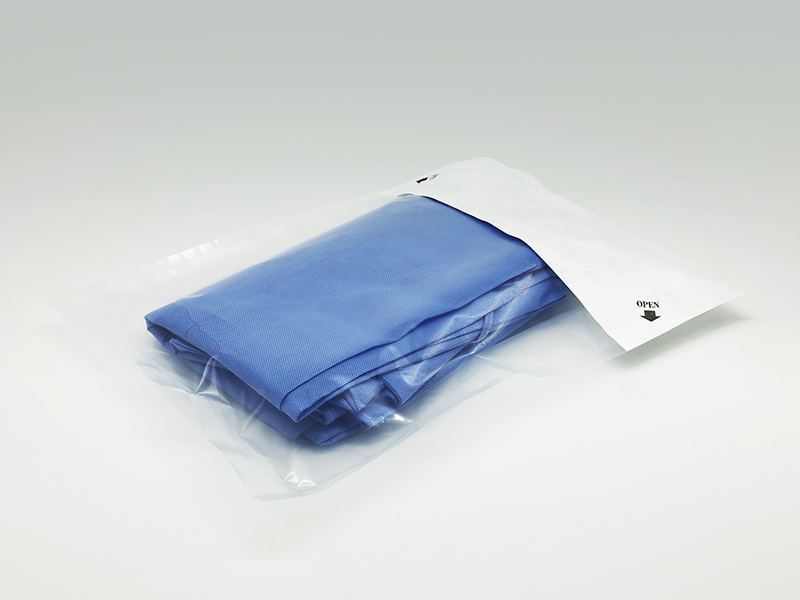


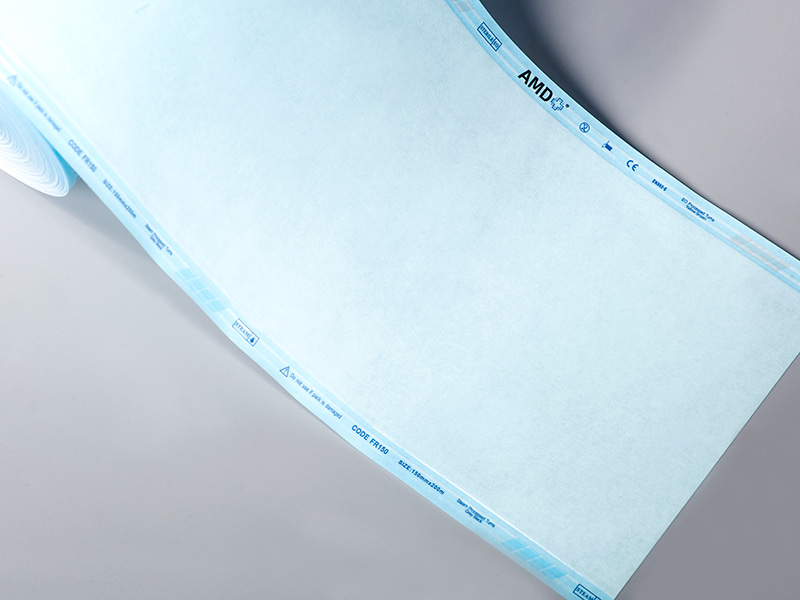
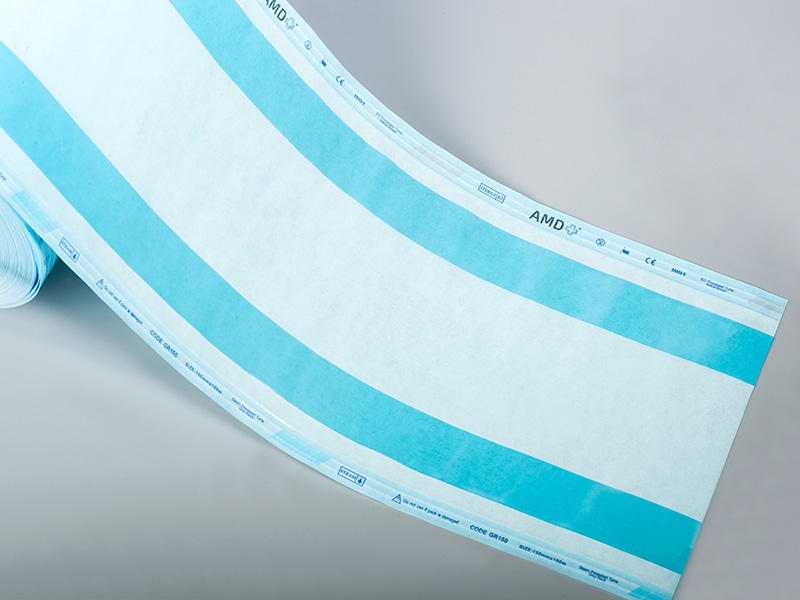
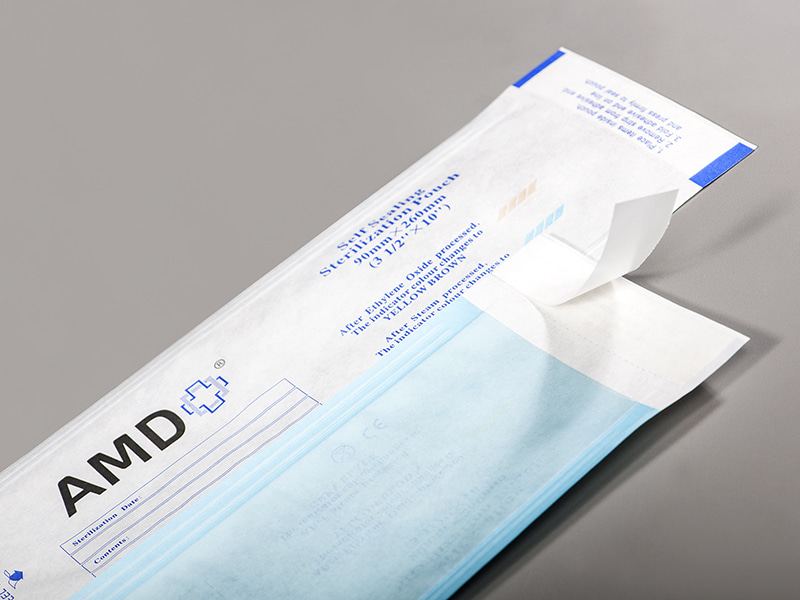
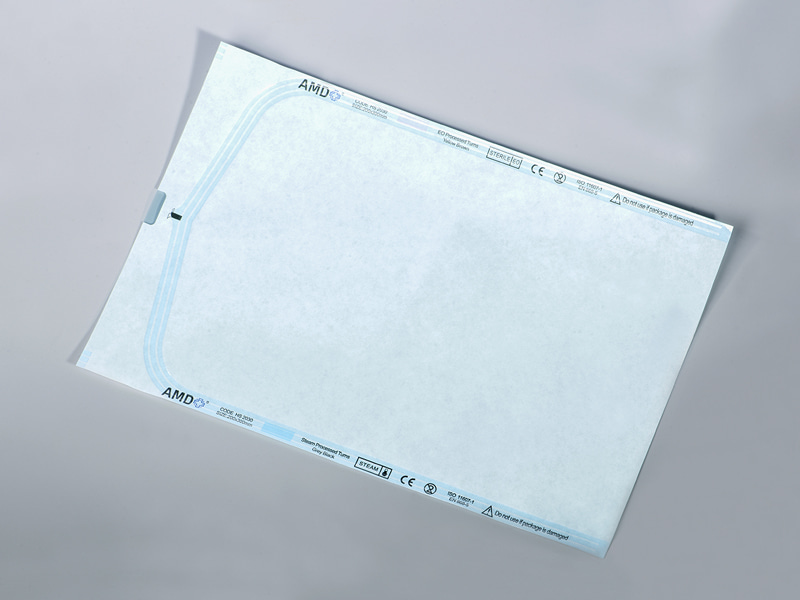
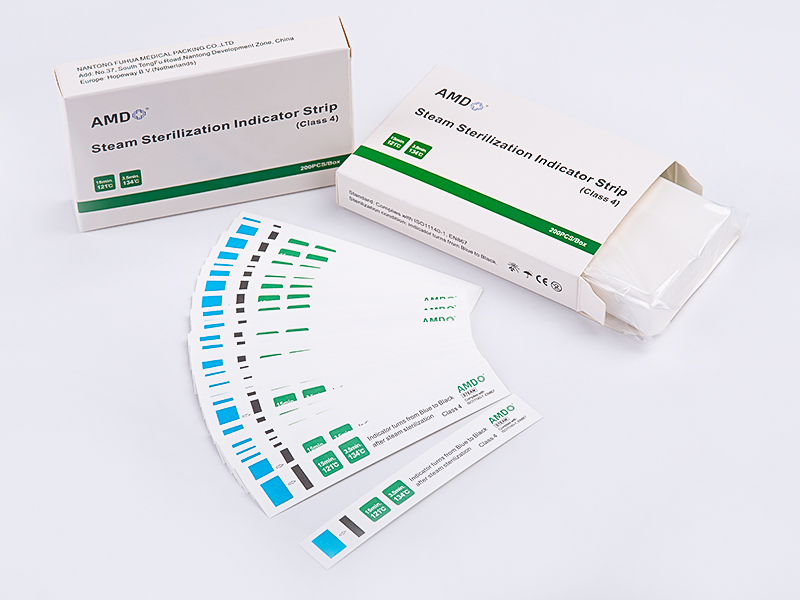
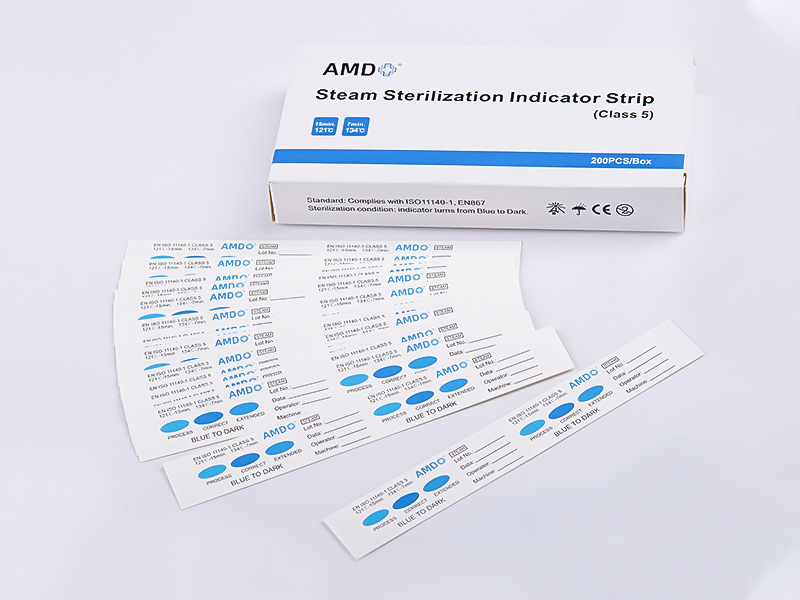

 ‘s-Gravenweg 542, 3065SG RotterdamThe Netherlands
‘s-Gravenweg 542, 3065SG RotterdamThe Netherlands
 +31 (0)10 254 28 08
+31 (0)10 254 28 08
